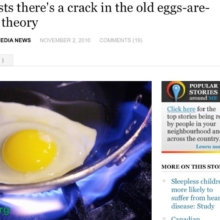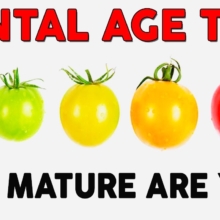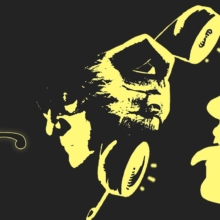Condicionamiento Operante de Skinner: Recompensas & Castigos
Operant conditioning is based on the idea that we can increase or decrease a certain behavior by adding a consequence. For example, if a dog poops on a carpet, we can reinforce to do it again or punishment to stop it.
Both reinforcement and punishment can be positive or negative, which means we have four possible ways to teach this dog a lesson.
We can draw the four options in a table if the reinforcement is positive.
We add something nice like a cookie to increase the probability of a behavior.
If the reinforcement is negative, we still want to increase the desired behavior this time by removing something unpleasant like the leash.
If the punishment is positive, we add a nasty response to decrease the behavior When the punishment is negative.
We also want to decrease the behavior now by removing something nice like the comfortable rug.
If we stop any kind of manipulation, the conditioned behavior will eventually disappear again.
This is called extinction.
Operant conditioning was first studied by Edward L, Thorndike and later made famous by the work of B. F, Skinner Skinner believed that organisms are doing what they naturally do until they accidentally encounter a stimulus that creates the conditioning resulting in a change in behavior To test this.
He placed a rat inside an operant conditioning chamber which later became known as the Skinner box.
Among other things, inside the box was a lever that, when pressed released, food Conditioning occurs in three terms.
Contingency today known as The ABC of Behavior A is for Antecedent.
The rat accidentally hits the lever that triggers the release of food B is for Behavior and refers to the response.
The rat keeps pressing.
The lever C is for Consequence, Food keeps coming out.
The strength of the conditioning response depends on the reinforcement schedule.
If there is always food after pressing the rat behaves predictably If the food is released, randomly the rat behaves erratically like an addict Skinner born in 1904 was a professor of psychology and attached to behaviorism.
He argued that only visible behavior can be studied and that anything that happens only within the mind is a misconception or irrelevant to science. He thought that free will was an illusion because behavior is random or a reaction to the environment.
His work became the basis for behavioral therapy, military exercises, and animal training.
You can try this positive reinforcement exercise in the classroom.
One person must leave the room Now decide on a task that person will complete, such as finding a particular book.
Then choose a nonverbal way to reinforce that task such as clapping your hands, Inviting the person back into the room, and letting them try to complete the task.
But don’t give instructions Every time they’re on the right track.
About completing the task, clap your hands louder If they stray from performing the task, reduce your clapping or stop altogether Once the person understands what they are supposed to do, let them explain the task They did well.
.
DRIVE MIND $50.⁰⁰ one bottle $25.⁰⁰ six bottles total | $150.⁰⁰ $40.⁰⁰ three bottles total | $120.⁰⁰ Improve Energy and Productivity – Naturally! If you’re struggling with low energy and tired of harmful energy drinks or struggling with mental fog, and lack of focus, Drive Mind can help!












